How do navies get fuel, ammo, food and spare parts when they’re at sea? Naval forces often have agreements with allied or friendly states that allow them to visit ports to buy fuel and supplies, but often there is no convenient state nearby. And in sparsely populated regions like the Arctic, fuel supplies can be a major concern.
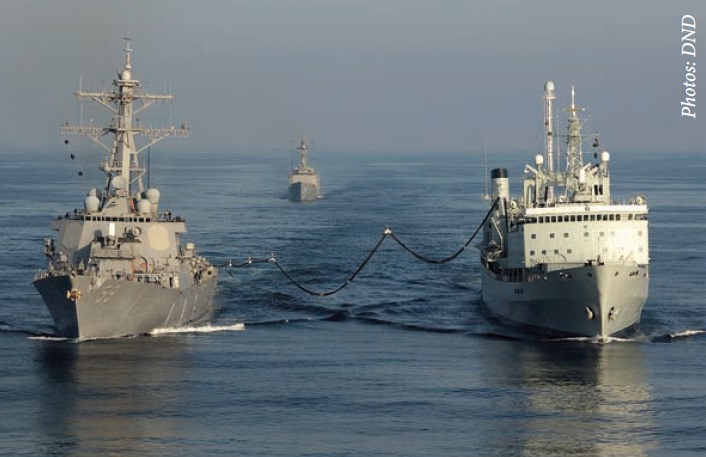
This is where supply ships come in. Until recently, the Royal Canadian Navy (RCN) had two supply ships - HMCS Protecteur and HMCS Preserver, in service since the late 1960s/early 1970s. But both ships have been retired since 2015. That left the RCN relying on allies for refueling at sea. There have been plans in the works to build new supply ships since 1999, and at some point soon(ish) the new Joint Support Ships (JSS) will be built. But what was the RCN to do while it waits for them to be built? Instead of building a new ship, a decision was made to convert an existing ship, and instead of it being a naval ship, it would be leased by the government for five years while the new ships were being built.
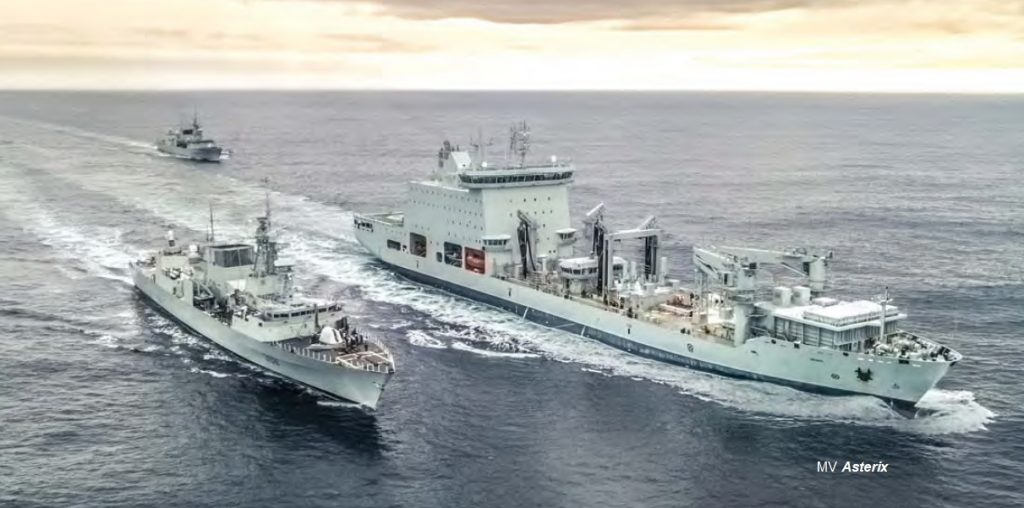
On 20 July 2017 Davie Shipbuilding in Quebec unveiled MV Asterix in a public ceremony, and the ship arrived at Halifax, Nova Scotia, on 27 December 2017. Asterix was formally accepted into service with the navy in March 2018, and was put to work right away.
If you want to know more about the interim supply ship, check on the Naval Association of Canada Briefing Note #11, at https://www.navalassoc.ca/wp-content/uploads/2020/06/BN11-Asterix.pdf

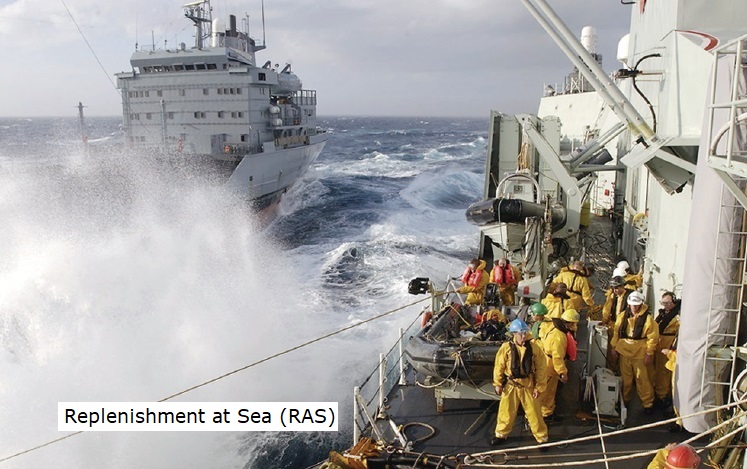
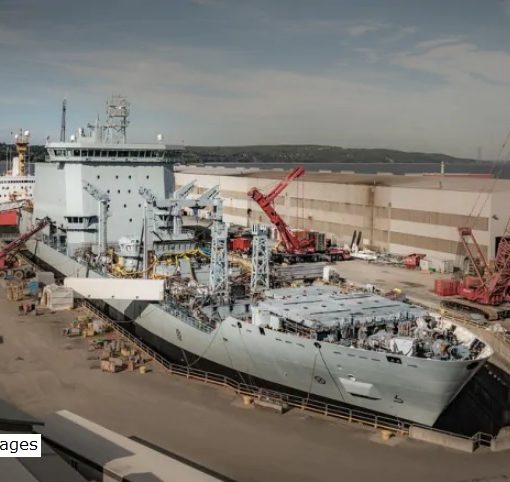
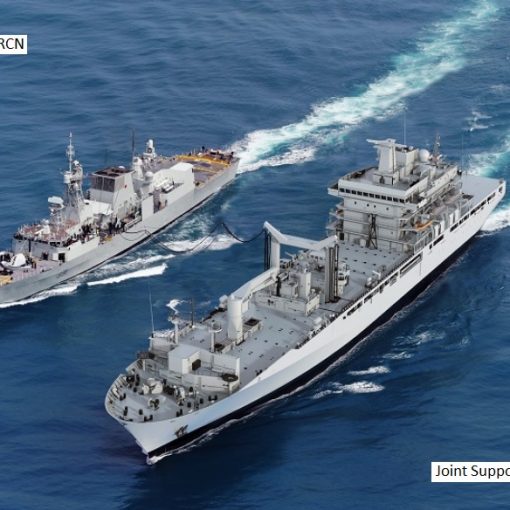
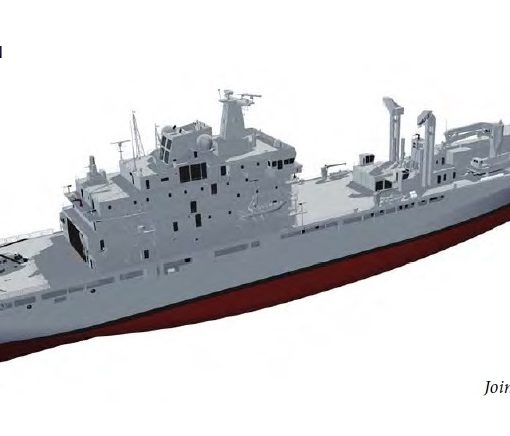
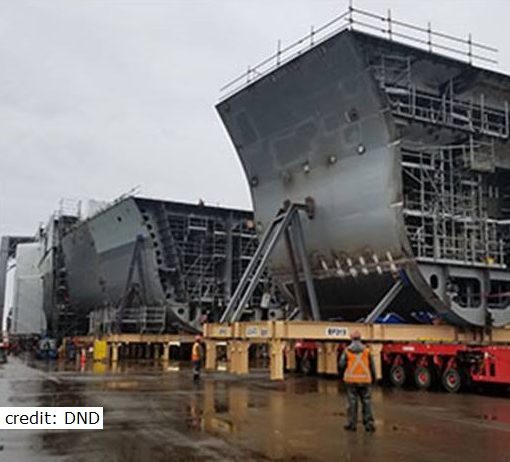
One thought on “Supplying the Navy at Sea”
The RCN have so far had stellar service from MV Asterix on both coasts, but this double duty by the one AOR cannot last for long without something giving. Don’t know what the plan is for her to re-supply both Halifax and Esquimalt based CPFs until the JSS ships are in service, but at some point MV Asterix will also need substantial maintenance of her own. In my opinion the RCN needs to seriously think about building another JSS for a fleet of 3, or contract another Asterix-type AOR from Davie Shipbuilding. Whatever is decided, it has to happen sooner rather than later.